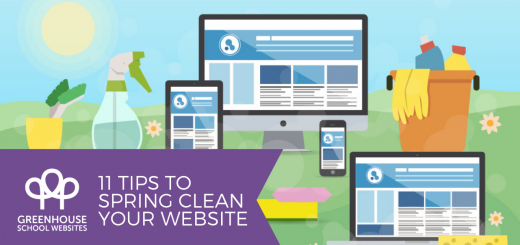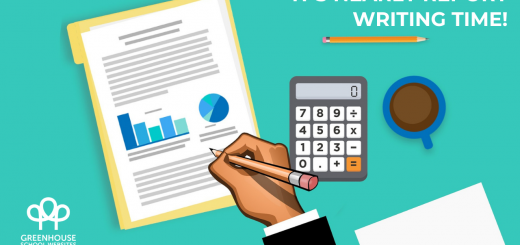How to use password protected pages – and why!

A school website is usually designed to be public facing to share information. Which means it might seem counterintuitive to password protect one, or many, pages. However there are some scenarios in which you might find it useful to password protect a page.
Before we get to some examples of the usefulness of passwords, a few notes:
- You can password protect any page within your school website which would mean that if someone navigated to that page, or went straight to a link to that page from an email or message, they would be asked for the password before continuing
- Password protecting website pages is not as secure as platforms where users are verified, so do not use this method for personal or sensitive data (such as pupil information). But it does help to make some information on your website only visible to those who know the password e.g. current parents at the school
- Regularly change the password in case people have passed on the password to others. How often you do this will depend on how important it is to keep the information private. You will see more about that in our examples below.
Why would you password protect a page of your school website?
There are multiple reasons you may want to keep information behind a password. As mentioned above it would mean potentially giving out the password to many people, and you cannot guarantee they will not then pass it on to more people, but it would at least restrict the audience of certain pages. An example might be to share information with parents who have signed up for an open day, without making that information open to anyone who visits the website. This ensures they do sign up in order to gain access so you can track who you have given the information to.
More ideas for password protected pages:
- When you have children isolating due to COVID cases you can share the password to the home learning pages with them, rather than making all the details of your teaching available to everyone visiting the site.
- If you sell courses as part of ITT or CPD training for other teachers you could give course attendees access to information on password protected pages. This is much easier than giving them a full username and password to access your learning platform or Microsoft Teams perhaps
- If you have forms set up on your website – for governor votes or after school club sign ups perhaps – you can set the page to be password-protected so that random people on the internet do not complete the forms. This will help to reduce SPAM coming through from sales people or people with too much time on their hands!
- If children are going on a school journey you can add information to a page for just the parents of the relevant children. Do not put sensitive data or photos here. But general information about the trip and kit lists, and an itinerary, would work well.
- You may want to create a page of links to learning resources you have purchased as a school with generic login information. For this example it is best to regularly change the password but it does mean children only need to remember the one password for that month/term to find access to all the other logins.
With password protected pages always keep a record somewhere of when the page was created, what date, and who the password has been given to. Also set a date that you want to review it and potentially change it also.
It is often best to hide password-protected pages in the navigation when you build them, to save people getting frustrated when visiting the website and finding they cannot access a page. But you may want to add links to those pages from other pages. E.g. the Year 3 class page may have a link to a page which is password protected so they can access a form to sign up for an after school club or school trip.
If you’re using a Greenhouse website and need help with password protection, please don’t hesitate to get in touch!











